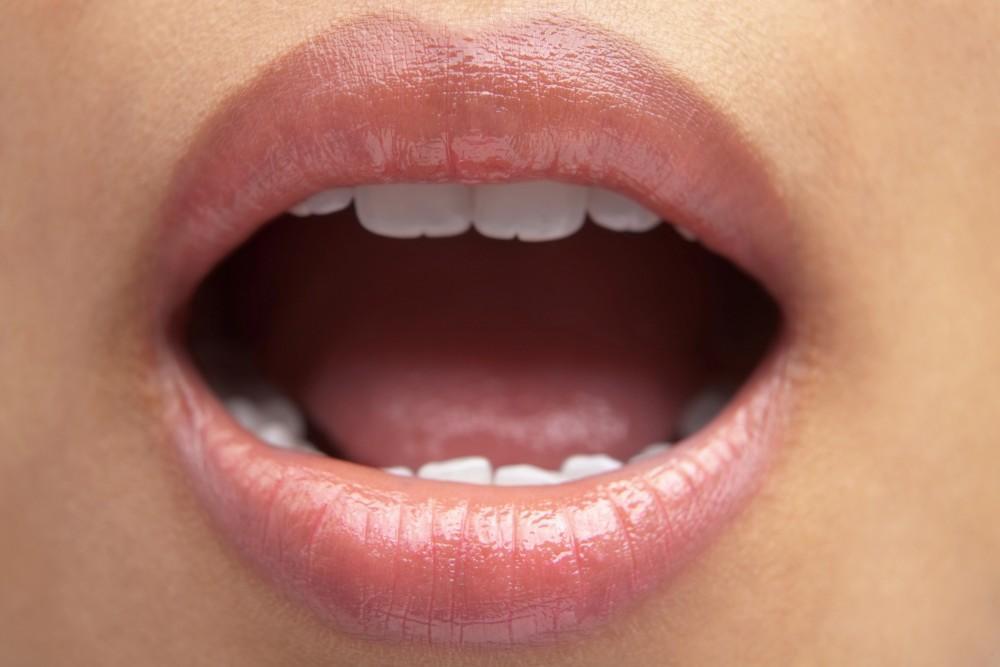
What's the Difference Between an Inlay and a Filling?

Everyone can agree that having to have a cavity filled is an annoyance, but it is critical to do so quickly and effectively to preserve your tooth, prevent further decay, and of course, ease any pain you are experiencing. But there is more than one way to treat a cavity, and you may be curious as to which option best suits you.
Most people are familiar with traditional fillings and have heard of getting a crown to replace a severely damaged or decayed tooth. What you may not know is that there is a middle ground, including what are known as "inlays," that offer some advantages to these other methods in certain cases.
Cavity Treatment Options
A cavity occurs when an area of tooth enamel erodes (often due to poor dental hygiene, a diet high in acids or sugar, or the corrosive byproducts of harmful bacteria in the mouth), and the tissue begins to decay. A hole forms in the tooth which can lead to infection, pain, sensitivity, additional decay, or even an abscess.
As a cavity becomes worse, it can cause worsening symptoms, increase the chances of a serious infection, and require more extensive treatment. This is why it is important to treat a cavity as quickly as possible.
Fillings and inlays are both treatments for cavities. And while each option has pros and cons, they are not entirely interchangeable. Several details will determine which treatment is more appropriate.
Fillings
With a filling, your dentist will first numb the area to prevent discomfort. Then the decayed tissue is removed and cleaned out. The remaining hole is filed, usually with amalgam (a metal mixture) or composite resin. Amalgam fillings are typically a bit stronger, less expensive, and longer lasting. However, composite is becoming the more popular choice because, in addition to the materials improving over time, it is colored to match teeth and is, therefore, less conspicuous. The material is then polished so that it is smooth like the natural surface of your teeth.
Pros
- Metal options are inexpensive
- Good option for smaller cavities
- Completed in one appointment
Cons
- White resin options are less durable and more expensive
- Can weaken teeth when used to fill larger cavities
- Less durable than inlays
Inlays
Inlays work on the same basic concept as fillings but in a slightly different way. As with fillings, first, the area is numbed, and the decayed tissue is removed. At this point, an impression of the hole is taken and sent to a lab that will fabricate the inlay. A temporary inlay is placed until your next appointment. When the permanent inlay is ready, it will be placed and secured.
Inlays are beneficial because they tend to strengthen teeth, are made of resin or porcelain to blend in with teeth, and are often more durable than traditional fillings. Gold or other metals can be used which are even stronger.
Pros
- Best option for larger cavities
- Strengthen teeth
- Durable
- Materials can be used that blend with natural teeth
Cons
- Often require two visits to place
- May not be ideal for smaller cavities
- Can be more costly, especially for expensive materials such as gold
Are Inlays or Fillings Better?
You should also be aware that inlays and fillings are not the only methods to treat tooth decay and cavities. Onlays are similar to inlays but are used for cavities that affect the cusp of the tooth. Crowns are used when there is more extensive decay.
The only way to know whether an inlay, filling, or one of these other options is your best choice is to consult your trusted dentist. You should feel free to ask us questions if you are ever confused about a treatment we recommend. If you have any of the symptoms of a cavity, contact our office so that we can determine the best option for you!
You Might Also Enjoy...


Can Children Get Gum Disease?

Types of Oral Infections and How to Recognize Them

Is Mouth Breathing Bad?

Can Improving Your Smile Boost Your Career?


